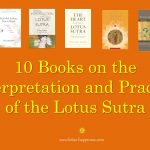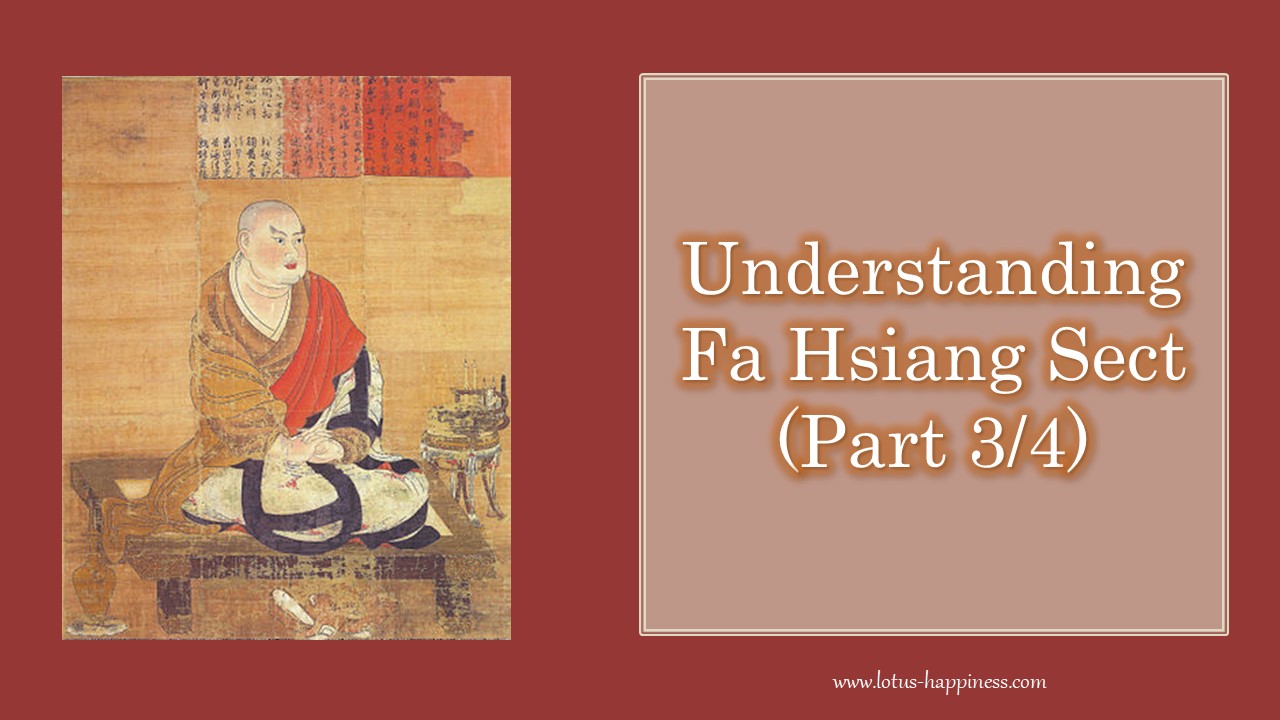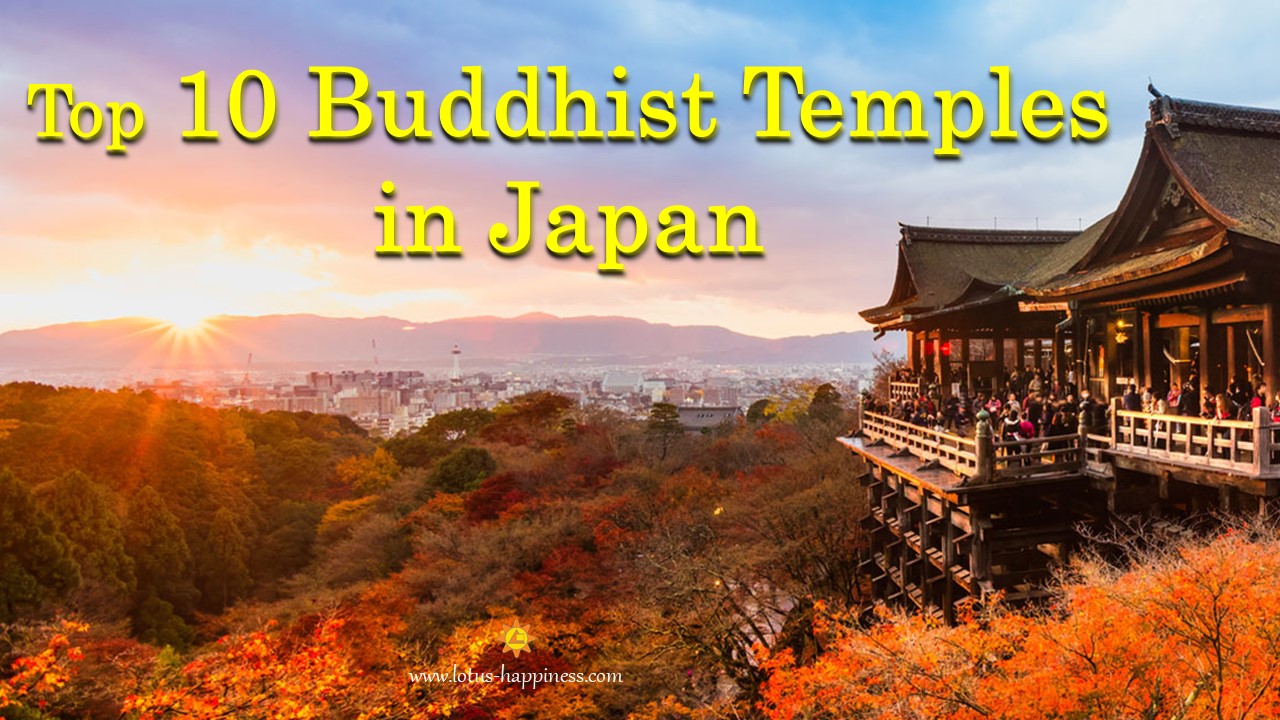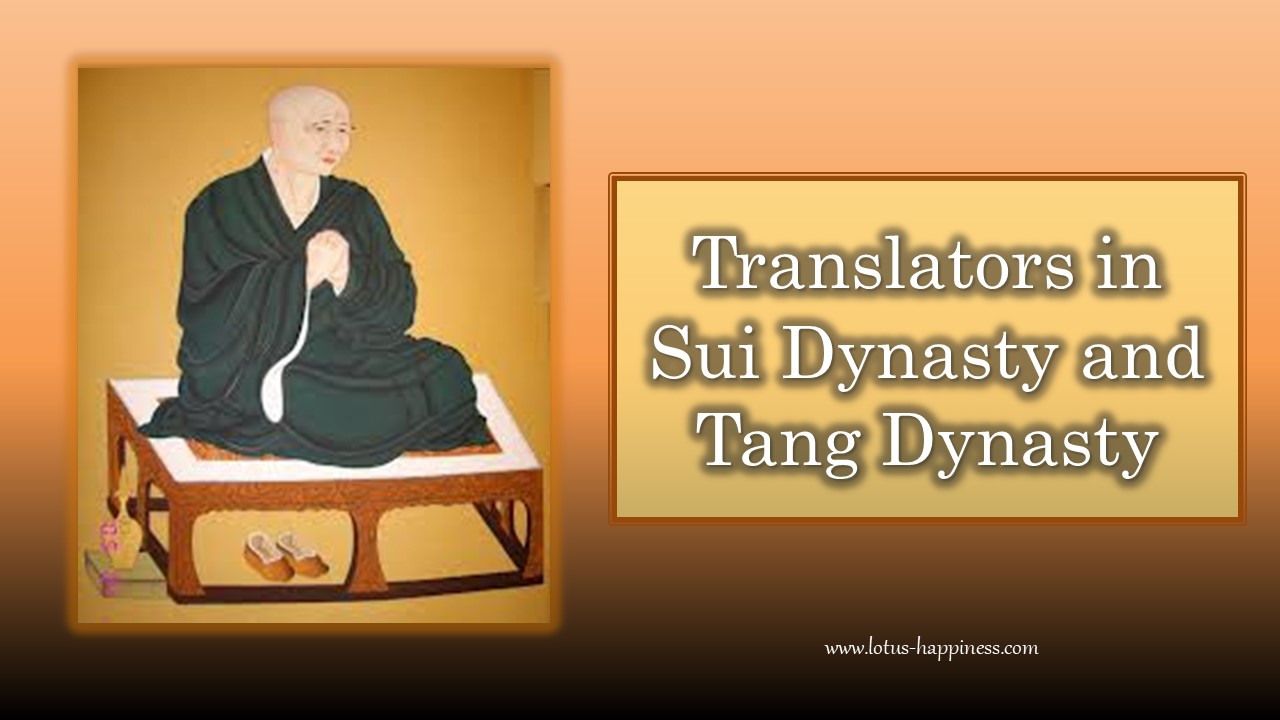Caregiving and the Buddha’s Way
By Susan Stone
When seen with clarity, any non-harmful activity can be a field for spiritual practice—be it hairdressing, astrophysics or feeding the cat. But caregiving would seem to have a special status; spiritual qualities are part of the job description. Caregivers know well the challenges of trying to manifest compassion and selflessness on the job, while those who are practitioners of Buddhist teachings are led into even more complex challenges. These include struggling with the seeming contradictions of reconciling compassionate and selfless action with proper self-care while trying to live in alignment with the teaching of no-self; embracing the lessons of impermanence that are intrinsic to death and dying; and noticing how even the subtle odor of a personal agenda can foul efforts to make appropriate caregiving decisions.
These were certainly my experiences when I tended my mother as she was dying. Having left the Buddhist monastery where I had been living in order to care for her, and having been a practitioner for several years before that, I naturally turned to Buddhist teachings for guidance. As I have written elsewhere [see bio, page 29], the Dhamma [teaching of the Buddha] was right there to guide me, arising as a voice from within. Like innumerable other practitioners who have been caregivers, I am profoundly grateful to the Dhamma, which has touched and transformed my life in ways so mysterious and beyond my puny (and dogged) efforts at the control that I can only bow.
Years after my mother died, I consulted the Pali Canon for a more scholarly understanding of the teachings that had illumined my caregiving experience. This research was intended to neatly cover a single topic: Dhamma references to caregiving in any of its aspects. But it became a surprising journey, one which evoked resistance and then opened into a deeper appreciation for the fullness of the Buddha’s Way.
From the outset, my hope of finding inspiring references to caregiving seemed reasonable, for I knew that, in its broadest sense, caring is what the Buddhadhamma is about. While the teachings are frequently said to be encapsulated in the Four Noble Truths with their focus on suffering, its arising and its ceasing, they can also be summarized in terms of caring and its effects. Caring for the present moment is the essential thing and mindfulness the enabling practice. In a key scripture, the Satipaṭṭhāna Sutta (M10, D22), the Buddha provides an assurance of awakening to those who properly practice the satipaṭṭhānas, i.e., those who care properly. The Ven. Analayo lucidly comments that the Pali word satipaṭṭhāna, which is usually translated as “foundation of mindfulness,” can more accurately be translated as “attending (or caring) with mindfulness.” And Stephen Batchelor observes that even the Buddha’s last injunction was for his followers to practice with care (appamāda). Moreover, the theme of caring often appears in the texts metaphorically: the Dhamma is portrayed as “the noble purgative,” the Buddha as the “peerless physician,” and practitioners as those who are cured by the medicine. The suttas [discourses] report several occasions when the Buddha visited the sick and offered them the medicine of the Dhamma. No doubt many other such occasions were not chronicled.
If you, monks, do not tend to one another, then who is there who will tend to you?
Still, I was hoping to discover references to caregiving in its literal sense, words to inspire those who provide care to others and to affirm the spiritual value of their path. And I did. The Buddha provided such inspiration by his example. On one occasion he personally tended a sick monk, washing his body made putrid by feces, pus, blood and urine. (Unlike Christ, the Buddha does not seem to have performed miracle cures. Textual references to his divine eye, to his abilities to vanish, and to recollect eons of world contraction and expansion leave little doubt that a mere healing would have been an entry-level power. However, as noted above, the Buddha’s interest lay in a different kind of cure—that affected by the medicine of the Dhamma.)
I also found inspiring the Buddha’s comment, “Whoever, monks, would tend to me, he should tend to the sick”( Mv.VIII. 26.3). He repeatedly affirmed that “those who tend the sick are of great service” (Mv.VIII. 27.2,3,5), and he demonstrated immense care for sick monks by allowing them many special provisions and comforts to promote recovery (for example, Sv.XXX.1). These factors alone would have made me count the research a success. However, I could not ignore the fact that the burden of the material on the subject was anything but inspiring.
Excluding from discussion the Abhidhamma [a later collection of early Buddhist literature], which I haven’t researched, most canonical references to caregiving appear in the Vinaya, the monastic code of discipline. Developed during the Buddha’s day, the Vinaya establishes rules, standards of behavior and commentaries to guide the monastic sangha [community]. Contemporary Theravadin monks still observe its 227 training rules (pāṭimokkha). Nuns observe more rules. Within the Vinaya, the book called the Mahavagga (Great Division) contains a lengthy section on medicine that enumerates in detail remedies and medical procedures that are allowable treatment for specific illnesses. A valuable compendium of medical knowledge in its day no doubt, these days it is largely obsolete. This information, conveyed in stories and instruction, was more than a medical reference for monastic caregivers; it was also a legal manual that stipulated penalties for transgressions. I found the punitive focus made for oppressive reading. Even more off-putting was the recognition that each ruling was a response to actual caregiver misbehavior. It undermined the easy assumption that monastic caregivers are so motivated by compassion and wisdom that they do not intentionally commit harmful actions.
Caregivers know well the challenges of trying to manifest compassion and selflessness on the job.
According to the Vinaya, one of the five qualities of a good nurse is goodwill (Mv. VIII.26.8). The rulings, however, seem to give compassion short shrift. According to one case, monks who form compassion praised the beauty of death to a dying fellow monk in order to ease his transition received the harshest of penalties: defeat (parajika), which means permanent expulsion from the sangha (Sv. III.5.1). In contrast, a monk who for reasons unspecified administered medicine with the intent to kill a sick monk was not expelled because the sick monk survived and the caregiver later expressed regret (Sv.III.5.15). We cannot know the full context of these cases, but it is clear that judgment was based on the training rule that prohibits the taking of life. It hinged upon whether the patient lived or died. Compassionate motivation was not a mitigating factor.
According to Ajaan Thanissaro [a commentator on the Vinaya], because issues about nurses’ accountability when their patients died were so charged, monks have sometimes been reluctant to care for a sick fellow bhikkhu [monk] or teacher. Such reluctance may have been the reason why the Buddha occasionally stepped in to care for ailing monks. In the situation cited earlier, other monks were present who might have done the job but had refused. The Buddha used the occasions to admonish them, saying, “Monks, you have not a mother, you have not a father who might tend to you. If you, monks, do not tend to one another, then who is there who will tend to you?” (Mv. VIII, 26.3). Conceivably, those reluctant bhikkhus recognized that, unlike themselves, the Buddha did not risk penalty if the sick ones died. Possibly monks in the Buddha’s day and later were further disinclined to give care because the practice of medicine was declared in the suttas to be a base art and wrong livelihood for bhikkhus (D.1.27). Translator Maurice Walshe adds a footnote in the relevant sutta, asserting that only the practice of medicine for profit was condemned, but the text itself doesn’t make this clear.
Just as I was feeling fairly suffocated by this material, especially by the Vinaya, a monk at the Bhavana Society in West Virginia where I was initially conducting the research drew my attention to Benedict’s Dharma, a book of reflections by contemporary Buddhists about the rule of Saint Benedict, the 6th century Christian monastic. It was fortuitous timing, for the book enabled me to understand the Vinaya in a new light. I realized that any reading must consider the fact that the Vinaya was not created to provide inspiration or guidance for lay people. It is not only futile to criticize it for not being what it was never intended to be, but such criticism misses a larger point: All spiritual life must be fortified with discipline. The Vinaya is the articulation of a disciplinary rule in the Buddhist monastic context.
Caregivers know well the challenges of trying to manifest compassion and selflessness on the job.
It is perhaps paradoxical that to awaken into boundlessness, which is finally the sole “taste” of the Dhamma, one must work through discipline, structure and boundaries. The Buddha, in effect, recognized this paradox, for in the Vinaya he often refers to his teaching as the dhamma-vinaya, literally the “teaching and discipline.” The phrase implies that the two components of the Way are complementary and together constitute the whole. Forms vary. Benedict’s rule is comparatively short and combines wisdom teachings and rules. In contrast, the Pali Canon is lengthy and contains a clear split, with the wisdom teachings found mainly in the suttas and the Abhidhamma, and the rules appearing in the Vinaya (though the Vinaya is not devoid of wisdom). Different as they are in structure, Benedict’s rule and the dhamma-vinaya serve the same noble function. Patrick Henry, editor of Benedict’s Dharma, observes:
Saint Benedict was not promulgating rules for living; he was establishing a framework on which life can grow. While a branch of a plant climbing a trellis cannot go in any direction it wants, you cannot know in advance just which way it will go. The plant is finding its own path, within a structure. (p.1)
The dhamma-vinaya is likewise a trellis, a framework on which life can grow. The Vinaya offers little to support lay practice, but nurtured by the wisdom of the Dhamma, lay practitioners have naturally found other forms of disciplinary rule. As Joseph Goldstein and other Buddhists observe in Benedict’s Dharma, lay sanghas perform this role today. Whether or not modern practitioner-caregivers participate in a community, they do not have to look far for their rule. It is the caregiving routine itself.
Although varying widely, caregiving routines by nature impose a stringent rule, involving timetables for administering meds, arriving at medical appointments, turning bedridden patients and the like. The rule also contains a moral imperative (the positive application of the precept to refrain from killing) to support and promote the emotional and spiritual wellbeing of the patient. One implication of this imperative is that caregivers need to be mindful of their own emotional reactions so as to not unnecessarily distress their patients. Violations can result in stiff penalties not only to the patient, whose health and wellbeing may be undermined, but ultimately to the caregiver. No sangha passes judgment as in the monastic model, but the caregiver’s internal judge is likely to do so effectively.
Once we as lay practitioners let go of the assumption, repeatedly asserted in the Canon, that the classical monastic model is the ideal, we are free to recognize the legitimacy of whatever discipline manifests in our life as our own Vinaya. When lived in conjunction with the Dhamma, such discipline possesses an onward-leading quality. For caregivers, this means affirming that the dhamma-caregivers’ Vinaya is an authentic and profound path to liberation.
Susan Stone, Ph.D, has practiced in Theravada and Zen traditions since 1983 and has lived in monasteries for three years. She leads sitting groups in the Charlottesville, VA area and teaches retreats and workshops on the East Coast. She is author of At the Eleventh Hour, on mindfulness and caregiving.
Source: Barre Center for Buddhist Studies












